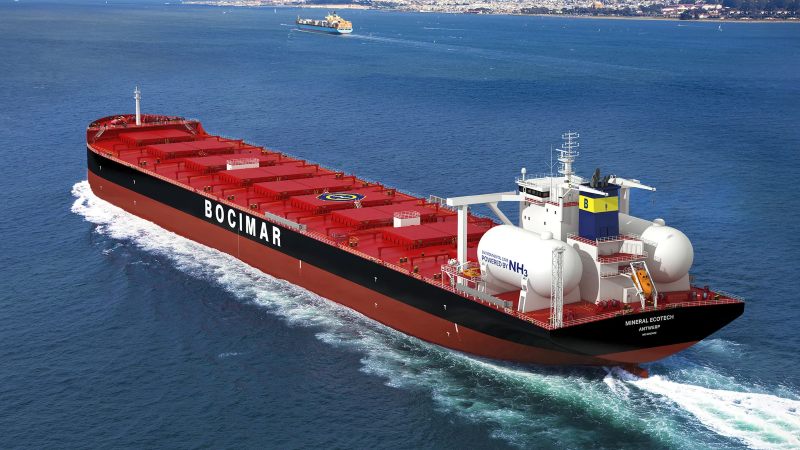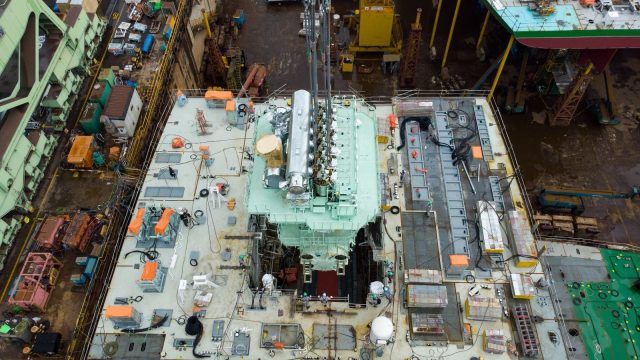Yara Clean Ammonia charters more dual-fuel vessels
Yara Clean Ammonia has reached a time-charter agreement with Navigator Ammon Shipping for two 51,000 m3 dual fuel midsized gas carriers to be delivered by October 2028. The company also celebrated the official start of construction of Yara Eyde, its new ammonia-powered container ship.









